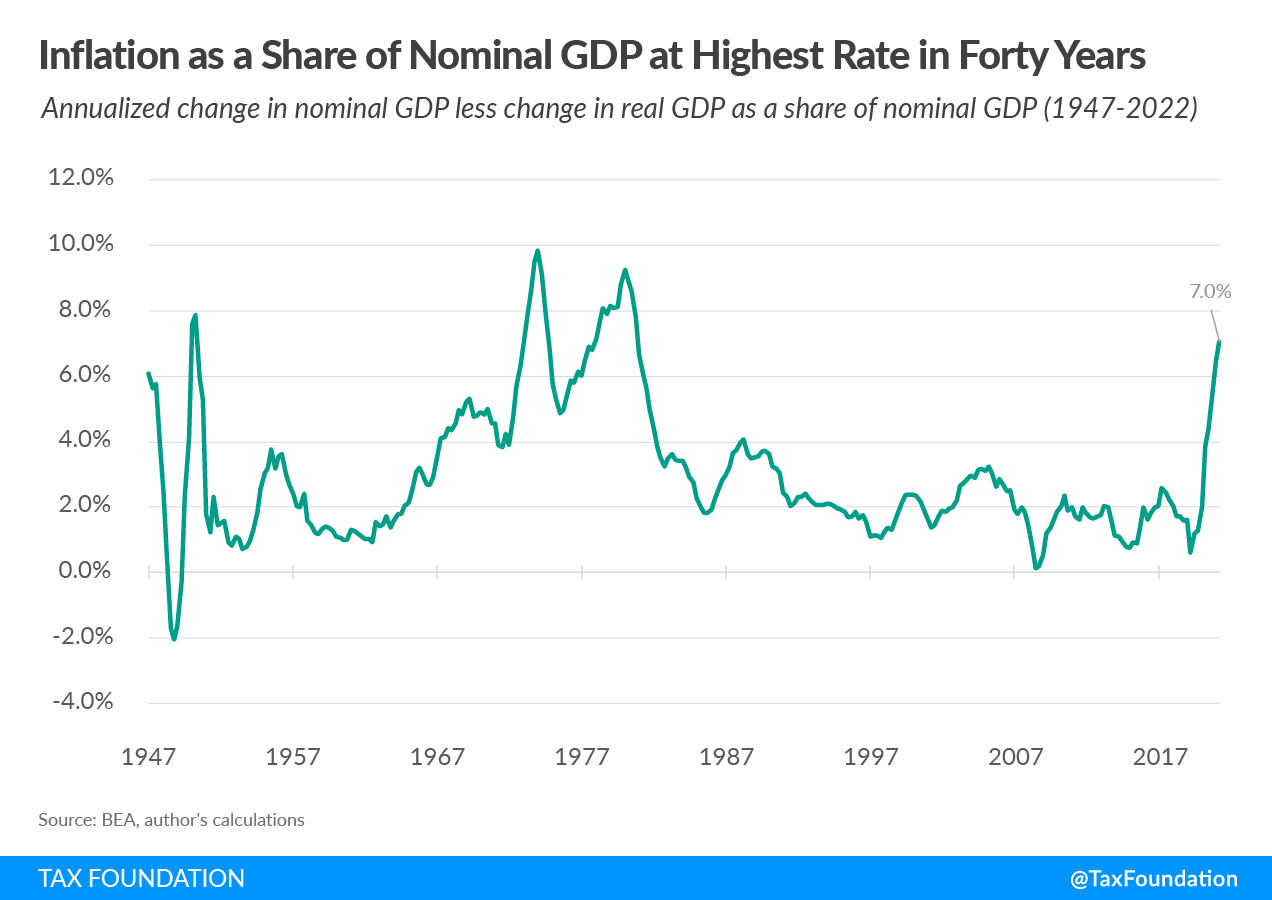
Economic Realities: Navigating Inflationary Forces
Inflationary forces have a profound impact on economies, shaping economic landscapes and influencing individual and business decisions. This article delves into the multifaceted aspects of inflation, examining its causes, consequences, and strategies for navigating the challenges it presents.
Understanding the Causes of Inflation: Unraveling Complex Dynamics
Inflation is a result of intricate economic dynamics. Demand-pull inflation occurs when the demand for goods and services outpaces their supply. Cost-push inflation arises from increased production costs, such as rising raw material prices or labor expenses. A thorough understanding of these causes is fundamental to comprehending the inflationary forces at play.
Purchasing Power Erosion: A Direct Impact on Consumers
One of the immediate impacts of inflation is the erosion of purchasing power. As prices rise, the value of money diminishes, leading to a decline in what consumers can afford. This reduction in purchasing power affects individuals on fixed incomes the most, necessitating adjustments in spending patterns and causing a shift in the overall economic landscape.
Interest Rates and Central Bank Policies: A Delicate Balance
Central banks play a pivotal role in managing inflation through monetary policies, notably adjusting interest rates. Raising interest rates is a common measure to curb inflation by reducing borrowing and spending. However, this strategy poses challenges as it can also affect economic growth and employment. Achieving a delicate balance becomes crucial for policymakers.
Impact on Investments: Navigating the Financial Landscape
Inflation has significant implications for investors. The real value of money invested in fixed-income securities may decline as inflation rises. Investors often seek assets that can provide returns surpassing inflation, such as stocks or real estate. Successfully navigating the financial landscape during inflationary periods requires strategic adjustments in investment portfolios.
Wage-Price Spiral: A Self-Perpetuating Cycle
The wage-price spiral is a phenomenon where rising wages lead to higher production costs, prompting businesses to increase prices. This creates a feedback loop as workers demand higher wages in response to increased costs. Breaking this cycle poses challenges for policymakers, requiring a delicate approach to address both sides of the equation.
Global Trade Dynamics: Spillover Effects and Interconnected Economies
In an era of global interconnectedness, inflationary forces in one country can have ripple effects worldwide. Changes in exchange rates, trade imbalances, and shifts in global demand contribute to the transmission of inflationary pressures. Navigating these global trade dynamics becomes essential for mitigating the spillover effects of inflation.
Consumer Behavior Shifts: Adapting to Economic Realities
Inflation influences consumer behavior, prompting shifts in spending patterns. Consumers may prioritize essential goods, seek alternatives, or adjust their lifestyles as prices rise. For businesses, adapting to changing consumer preferences becomes imperative, requiring agility and strategic adjustments in marketing and pricing strategies.
Government Responses: Crafting Effective Policies
Governments respond to inflationary forces through various policy measures. Fiscal policies, such as taxation and government spending, can impact aggregate demand. Supply-side policies may focus on enhancing productivity and reducing production costs. The effectiveness of these measures depends on the specific economic context and the severity of inflationary pressures.
Long-Term Economic Implications: Shaping Future Trajectories
The long-term implications of inflation are profound. High and unpredictable inflation can undermine economic stability, hinder long-term planning, and erode public confidence. Striking a balance between addressing short-term inflationary pressures and fostering sustainable economic growth is a continual challenge for governments and policymakers.
Explore the intricate dynamics of inflationary forces here to gain insights into the impact on economies, individuals, and the strategies for navigating these economic challenges.


